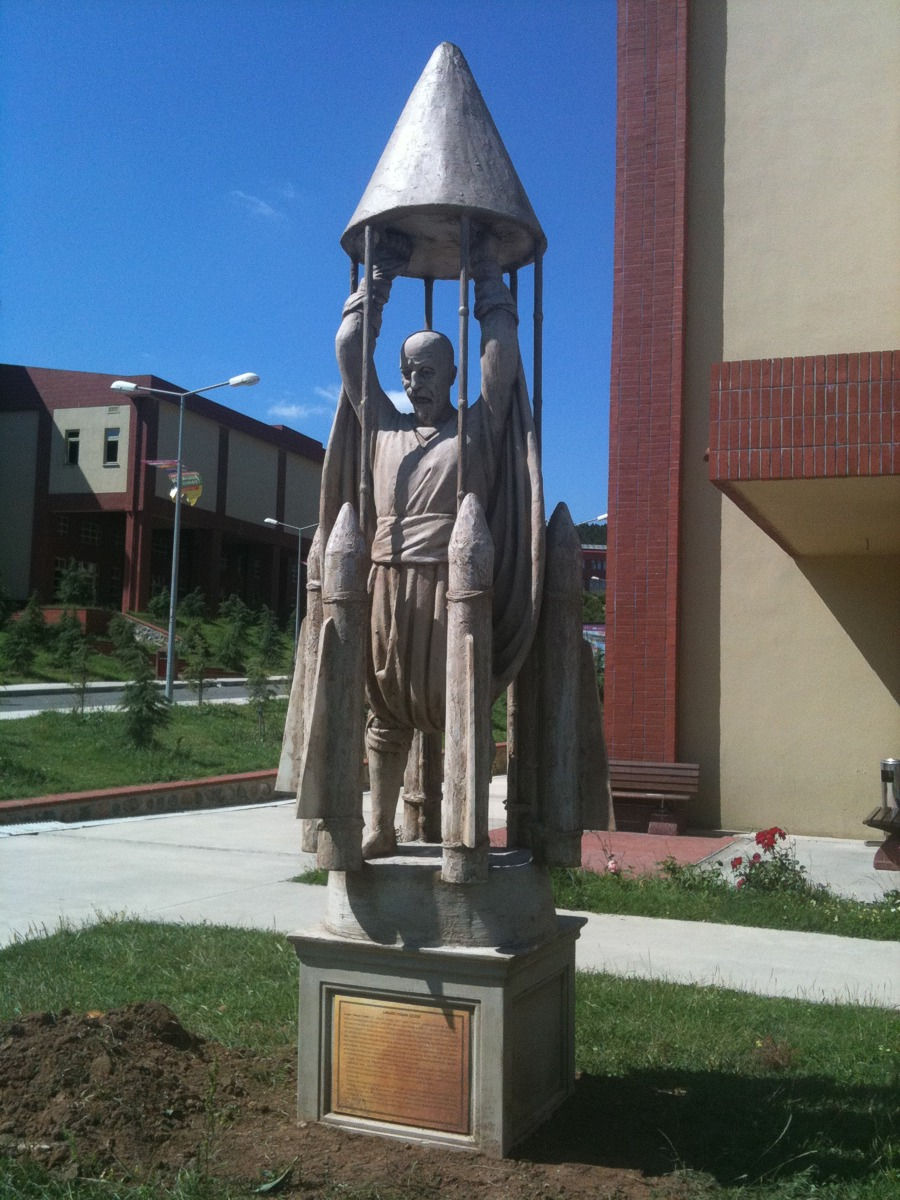The History of the Jet Engine
- Garth Calitz
- Jul 13, 2021
- 4 min read
Although the invention of the jet engine can be traced back to the aeolipile that was made around 150 B.C., Dr. Hans von Ohain and Sir Frank Whittle are both recognized as being the co-inventors of the jet engine as we know it today, even though each worked separately and knew nothing of the other's work.

Aeolipile
Jet propulsion can be defined simply as any forward movement causes by the backward ejection of a high-speed jet of gas or liquid.

In the case of air travel and engines, jet propulsion would mean that the machine itself is powered by jet fuel.
Von Ohain is considered the designer of the first operational turbojet engine, while Whittle was the first to register a patent for the turbojet engine in 1930. Although von Ohain was granted a patent for his turbojet engine in 1936, it was von Ohain's jet that was the first to fly in 1939. Whittle's jet took off for the first time in 1941.
However, there have been many advancements in jet propulsion since ancient times, so while von Ohain and Whittle may be the fathers of modern jet engines, many "grandfathers" came before them, paving the way for the jet engines we see overhead today.
Early Jet Propulsion Concepts
The aeolipile of 150 B.C. was created as a curiosity and never used for any practical mechanical purposes. In fact, it wouldn't be until the invention of the fireworks rocket in the 13th century by Chinese artists that a practical use for jet propulsion was first implemented.


In 1633, Ottoman Lagari Hasan Çelebi used a cone-shaped rocket powered by jet propulsion to fly up into the air and a set of wings to glide to a successful landing. For this effort, he was rewarded with a position in the Ottoman Army. However, because rocks are inefficient at low speeds for general aviation, this use of jet propulsion was essentially a one-time stunt.
Between the 1600s and World War II, many scientists experimented with hybrid engines to propel aircrafts, but none of them got close to the later inventions of Sir Frank Whittle and Dr. Hans von Ohain. Instead, many used one of the piston engine's forms—including air-cooled and liquid-cooled inline and rotary and static radial engines—as the power source for aircraft.
Sir Frank Whittle's Turbojet Concept

Sir Frank Whittle was an English aviation engineer and pilot who joined the Royal Air Force as an apprentice and later became a test pilot in 1931. The young officer was only 22 when he first thought to use a gas turbine engine to power an airplane. While often regarded as the father of modern jet propulsion systems, Whittle tried unsuccessfully to obtain official support for study and development of his ideas and had to pursue his research on his own initiative. He received his first patent on turbojet propulsion in January 1930.
With financial support, Whittle began construction in 1935 of his first engine, which had a single-stage centrifugal compressor coupled to a single-stage turbine. This was only meant to be a laboratory test rig but was successfully bench-tested in April 1937, when it demonstrated the feasibility of the turbojet concept.

Whittle was associated with the firm Power Jets Ltd., which received a contract for a Whittle engine known as the W1 on July 7, 1939, intended to power a small experimental aircraft. In February 1940, the Gloster Aircraft Company was chosen to develop the Pioneer, the aircraft that the W1 engine would power; the historic first flight of the Pioneer took place on May 15, 1941.

Gloster E28-39
The modern turbojet engine used today in many British and American aircraft is based on the prototype that Whittle invented.
Dr. Hans von Ohain's Continuous Cycle Combustion Concept

Hans von Ohain was a German airplane designer who obtained his doctorate in physics at the University of Göttingen in Germany and then became the junior assistant to Hugo Von Pohl, director of the Physical Institute at the university. While there, German aircraft builder Ernst Heinkel asked the university for assistance in new airplane propulsion designs, and Pohl recommended von Ohain.
At the time, von Ohain was investigating a new type of aircraft engine that did not require a propeller. Only 22 years old when he first conceived the idea of a continuous cycle combustion engine in 1933, von Ohain patented a jet propulsion engine design in 1934 that was similar in concept to that of Sir Whittle but different in internal arrangement.

Von Ohain joined Ernst Heinkel in 1936 and continued with the development of his jet propulsion concepts. He successfully bench-tested of one of his engines in September 1937, and a small aircraft was designed and constructed by Ernst Heinkel to serve as a testbed for a new type of propulsion system known as the Heinkel He178, which flew for the first time on August 27, 1939.

Von Ohain developed a second improved jet engine known as the He S.8A, which was first flown on April 2, 1941























Comments